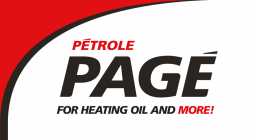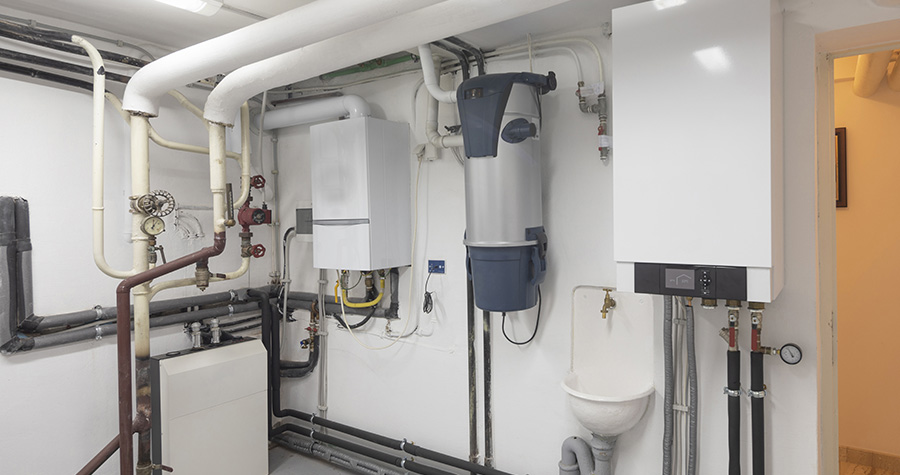Forced air systems
Warm air furnace
The same, comfortable temperature for every room in your home. Forget about dry air, temperature extremes between rooms and waiting for a room to slowly warm up. These issues will soon be a thing of the past.
Benefits of a warm air furnace
Perfect for houses or condos, the warm air furnace provides ideal comfort levels throughout your home by quickly and efficiently heating all rooms to the same temperature.
Choose the performance and speed of warm air heating
No one likes waiting for a room to warm up. Faster than electric baseboard heating, the warm air furnace ensures that temperatures in every room are the same, providing unmatched comfort levels. You can even connect an air conditioner to your system and maximize the potential of your investment.
Hot air central heating systems
By maintaining a constant air flow, oil-fired hot air central heating systems are able to ensure a more uniform distribution of heat throughout the house. In addition, they make it possible for you to add a number of comfort options to your home: central air-conditioning, thermopump, humidifier, electronic filter, etc. Also good to know, oil-fired hydronic heating systems give you the option of connecting the boiler to different types of heaters and/or radiant systems for the greater comfort of occupants.
Oil-fired forced air systems
A typical oil-fired forced air system consists of a burner that burns the fuel in a tank usually located in the house, and then blows it toward the forced air system’s combustion chamber. The combustion gasses release their heat as they pass through the forced air system before being vented outside via connecting duct and chimney.
Gas or propane forced air systems
Over the last 20 years, PÉTROLE PAGÉ launched a new generation of gas-fired heating appliances and boilers with a high energy efficiency rating. The ability of these appliances to vent the combustion by-products without the use of dilution air is only one of their many features. The combustion of natural gas releases by-products such as water vapour and carbon dioxide. In a typical gas-fired heating appliance, these by-products are vented through the chimney, but a considerable amount of heat (contained in the combustion by-products and in the heated air of rooms) also goes up in smoke.
Electric forced air systems
In this type of forced air system, a fan distributes the heat produced by an electric hot air system through a duct network. Using a fan to force the air into each room of the house, the system does not rely on natural convection to maintain a balanced heat distribution.
In the case of residential heating, electricity can be the sole energy source or it can be combined with other sources. We list below the five types of electric heating systems available in Canada:
- Forced air systems (electric resistance heating appliances, thermopumps or a combination of the two)
- Hydronic systems
- Electric heaters
- Radiant heat systems
- Mixed systems (with heating elements in the hot air plenum)
Hydronic heating systems
In a hydronic heating system, circulating water is the means used to
distribute a gentle and comfortable warmth through the house. It has three main components:
- a boiler to heat the water
- heating appliances (usually baseboard heaters or space heaters) in most rooms, often installed near an exterior wall or in the floor itself for added comfort
- a pump to circulate the water from the tank to the heaters and back to the tank through a network of pipes.
Radiant heat systems
Very popular in Europe, radiant heat was introduced a few years ago in Canada. Here, heating is based on radiation, such as that provided by the sun for instance. The underlying principle is not to heat the ambient air but to heat the fluids and masses that are in the room, like a bathtub, floors made of stone, ceramics or walls.



